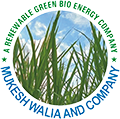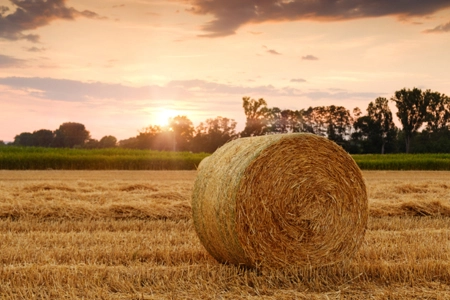
Paddy Straw
If we look at India’s landscape from the point of view of its soil’s production capability and its weather at different places in India in combination of local soil, sunshine, rainfall combinations, what emerges as a perfect scene is that as Punjab and Haryana states are best suitable for paddy(rice) and wheat cultivation whereas the eastern and western Uttar Pradesh is best suitable for sugarcane cultivation besides paddy(rice) and wheat cultivation. While Maharashtra sugarcane production that’s why most of the sugar mills are located in UP and Maharashtra.
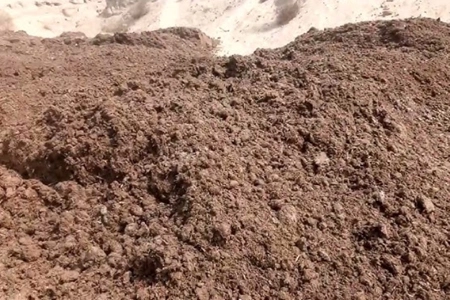
Sugarcane Pressmud
India is the second largest manufacturer of sugar in the world. Pressmud from sugar mills is available in abundance to convert it into BIO CNG/CBG. Its GAS yield is at 9% of the feedstock.
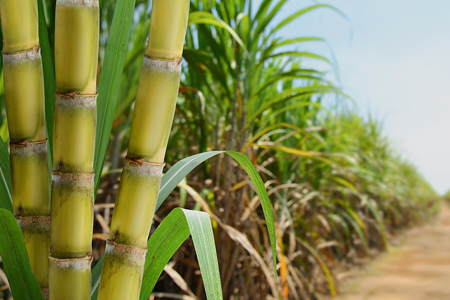
Sugarcane Trash
Besides sugarcane and napier grass there are other agriculture residues such as waste vegetables and fruits, waste from 5-star hotels, municipal solid waste, poultry waste, which can produce BIO CNG/CBG @3.2% from its feedstock.
These agriculture and animal wastes does not have lignin bond issue primarily prevalent at very high level in paddy(rice) straw.
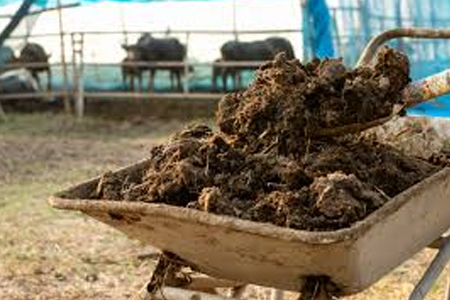
Cow Dung
Biogas production from cow dung offers a renewable energy source, primarily composed of methane, which can be utilized for cooking, heating, and generating electricity.
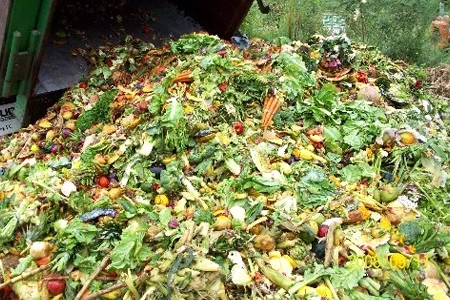
Five Star Hotel Food Waste
Five Star Hotel chains generate Food, Vegetables, Fruits, and Poultry wastage routine BIO Gas can be generated from this wastage and gas fuel can be generated for their Kitchens Many Five stars hotel chams have established their BIO Plants Municipal corporate generate thousands of tonnes of Solid as well as liquid Waste on daily basis which can be used to produce BIO Gas to run transport vehicles. Indore Municipal corporation was the first to use this technology in India in 2020 and is running its local buses on BIO CNG produced MSW Municipal Solid waste.
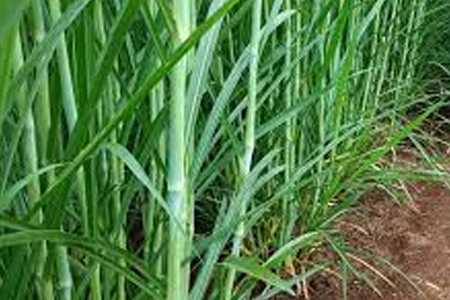
Napier Grass
Further, there is a napier grass that can be grown everywhere. It grows quickly and has three-four cycles a year. Its production is approximately 100 tonnes per cycle per acre. It has a yield of 9% BIO CNG/CBG GAS.
© Mukesh Walia & Company. All Rights Reserved. Website Designed & Developed By Cyberxel
